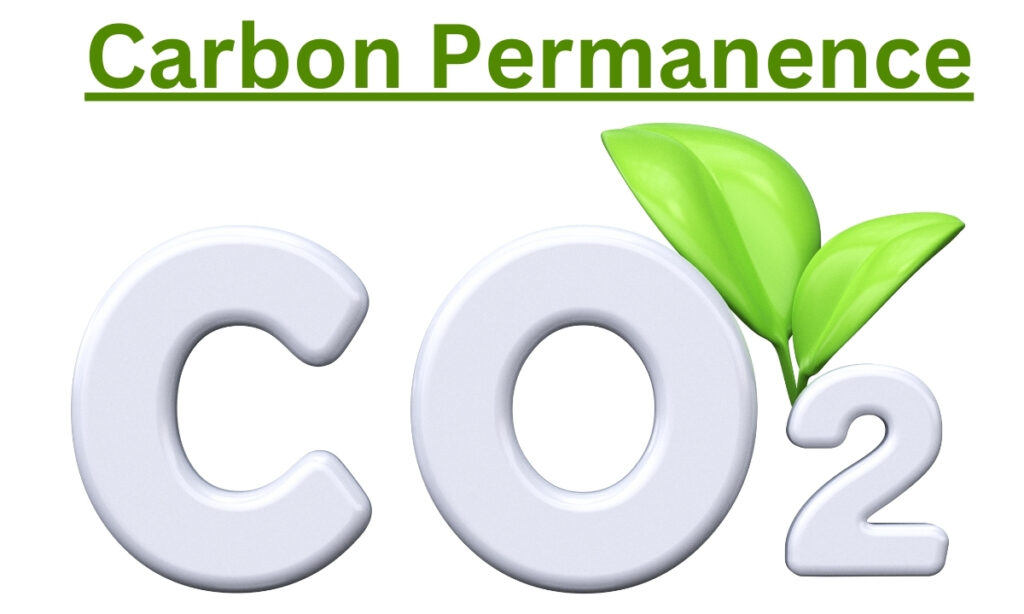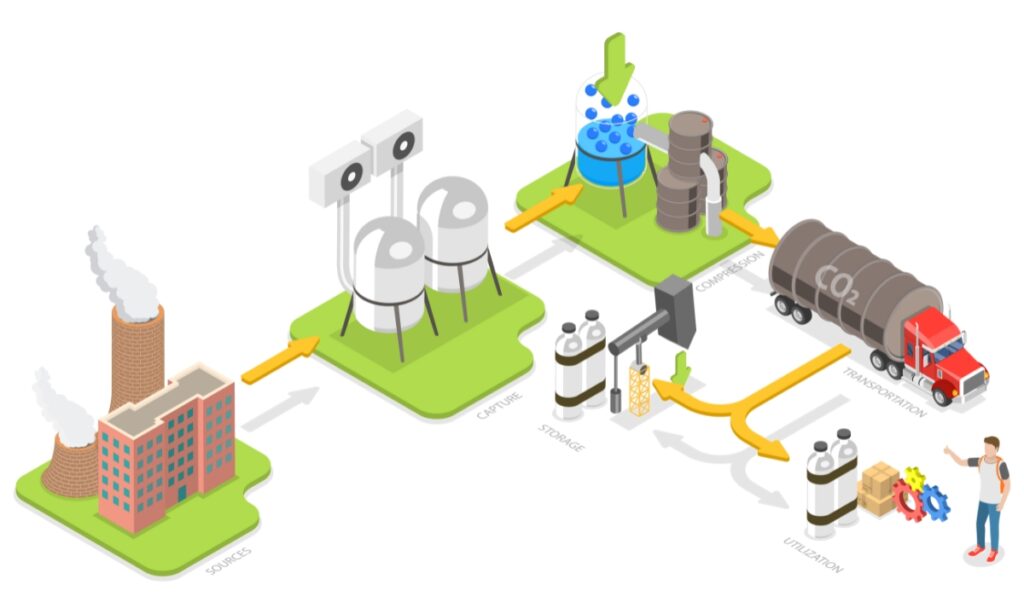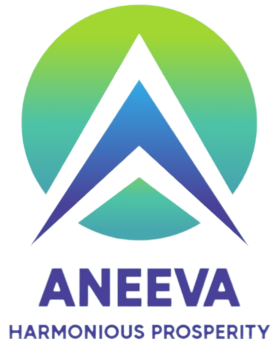Understanding Carbon Offset Permanence
When discussing carbon offsets, one of the most important principles to consider is carbon offset. But what does aesthetic mean in the context of carbon offset? In simple words, the Orthodox offset is derived from the age and stability of the useful substances obtained through Kolkata. It is about ensuring that these coal gains are sustainable and not easily reversed.
Why is Permanence Important?

Most important because the primary goal of carbon offset coalcells is to acquire stake in solar gas operations. If these deductions are not admissible, the eligibility for offset is agreed upon. For example, if forest planted in parts of a reforestation project is later cut down, the carbon sequestration benefits are lost, eliminating coal.
Challenges to Permanence
Many things can pose a threat to carbon offset projects:
Natural disasters, like wildfires, storms, or diseases, could wipe out forests or other natural carbon storage areas, releasing the stored carbon into the air.
Human actions, like logging or changing land use, may also harm offset projects. For example, a reforestation effort could be in trouble if the land is later cleared for farming or building.
Economic pressures might tempt communities or companies to focus on short-term profits instead of long-term sustainability. This could put the lasting impact of carbon offsets at risk.
Ensuring Permanence

To tackle these challenges, there are a few ways we can make carbon offset projects stick around for the long haul:
Buffer Pools: Some carbon offset rules say projects need to set aside some credits in a buffer pool. This pool steps up when unexpected stuff happens that messes with carbon storage.
Long-term Agreements: Signing up for long deals or easements locks in offset projects against future land changes. These deals mean the land stays focused on storing carbon.
Continuous Watch: Keeping tabs on carbon projects regularly checks they’re hitting their goals. Think remote scans, satellite pics, and boots on the ground.
Community Connections: Getting local folks in on planning and running carbon projects boosts their loyalty. If communities see real benefits like better lives or more biodiversity, they’ll back long-lasting green efforts.
Permanence in Different Types of Offset Projects
Hey there! So, to tackle these challenges, we can try out strategies to make sure that carbon offset projects stick around for the long haul:
Buffer Pools: Lots of carbon offset standards need projects to set aside some credits in a buffer pool. This pool kinda acts like a safety net in case something happens that messes with the carbon sequestration.
Long-term Agreements: Making these long-term legal deals or easements can really help keep offset projects safe from any changes in land use down the road. These agreements basically make sure that the land stays focused on its job of storing carbon.
Continuous Monitoring: Keeping an eye on carbon offset projects regularly helps us know if everything is going smoothly and they’re hitting their goals. This could mean using stuff like remote sensing, satellite pics, and ground inspections.
Different kinds of carbon offset projects have their own challenges when it comes to sticking around for good:
Forestry Projects: These projects need extra attention to permanence because of the risks of deforestation and natural stuff messing things up. Using strategies like buffer pools and long-term land protection is super important here.
Renewable Energy Projects: Permanence is usually simpler in renewable energy projects since the equipment is meant to last for years. But, they still need maintenance and upgrades to keep working well.
Methane Capture Projects: Projects that grab methane from landfills or farms need to handle that captured gas properly so it doesn’t get back into the air. Gotta keep processing it consistently!
Conclusion
The scientific credibility of carbon offset telecoms is essential to their success and details. By implementing Strong Strong and involving stakeholders, we can make these pieces stronger and contribute to a healthier planet.
